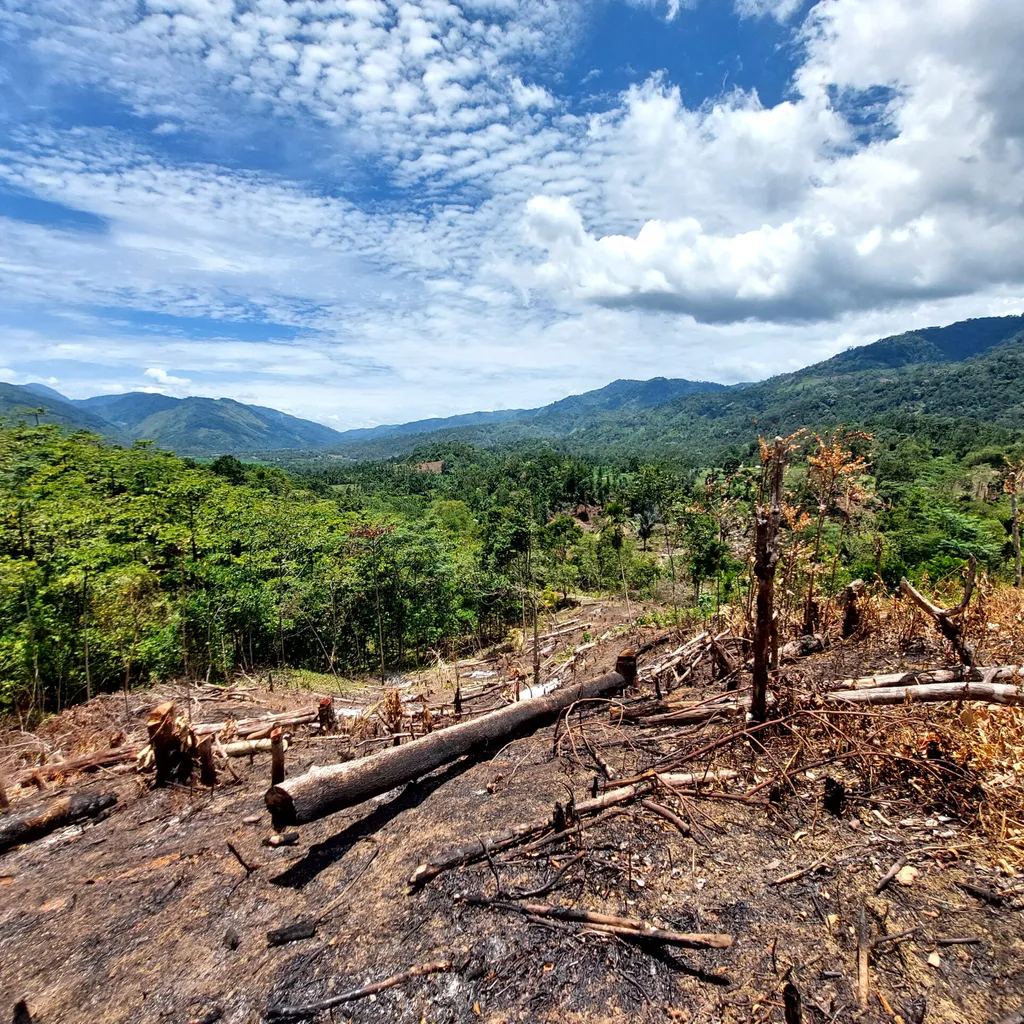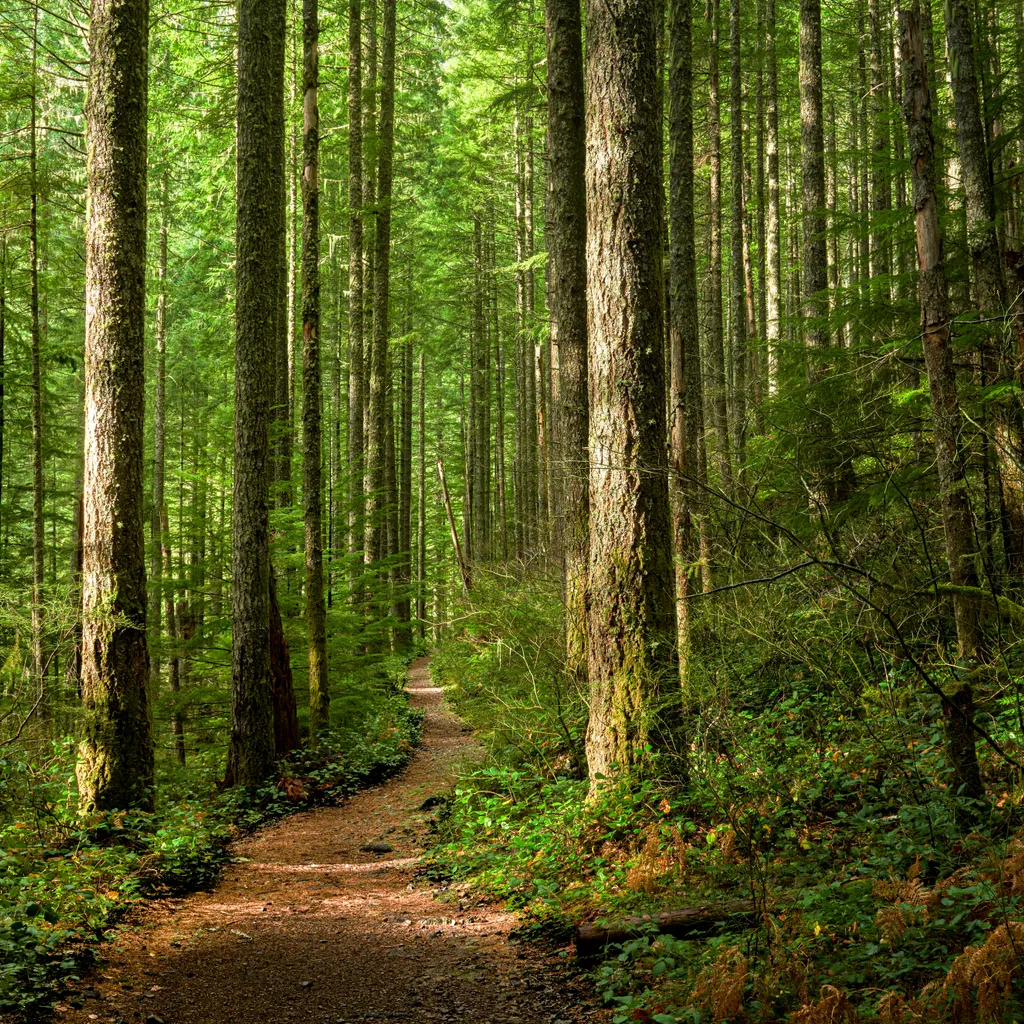"Nature is the stealth issue for this COP,” says Andrew Deutz, managing director of global policy and conservation finance at The Nature Conservancy (TNC). “There is no pathway to 1.5°C that doesn’t include significantly scaling up investment in nature.”
Every year since 1995, countries from across the world have met to discuss, negotiate and thrash out goals and deals to tackle climate change. Perhaps the most famous Conference of the Parties (COP) was in 2015, with the signing of the Paris Agreement to limit global warming to 1.5°C.
This year the conference arrives in Dubai on the back of what is expected to be the hottest year in history. The big issues that are likely to grab the headlines, says Deutz, a veteran of every preceding COP, will be the conclusion of the first Global Stocktake, an uncompromising assessment of progress towards the Paris Agreement. He doesn’t expect good news.
There will also be continued negotiations around a loss and damage fund, set up at COP27 to help developing countries deal with the effects of climate change, as well as continued efforts to equitably phase out fossil fuels and scale up renewable energy. Alongside these, he hopes to see more recognition of the role of indigenous peoples and local communities that are at the frontline of action to protect and restore biodiversity.
“Nature cuts across every one of those big issues,” says Deutz.
- Can animals adapt to climate change?
- The entire population of Kenya has been given the day off to plant trees
- Why eating insects could help the fight against climate change

What to expect from COP28
A new deal for biodiversity
Nature’s profile in the United Arab Emirates will be boosted by the new Global Biodiversity Framework, developed in Montreal last December at a separate COP devoted to biodiversity. Hailed as a landmark agreement, it has set out to address biodiversity loss, restore ecosystems and protect indigenous rights, and includes ambitious plans to put 30% of the planet under protection by 2030.
"I think nature has been moving up the agenda over the last few years,” says Zoe Quiroz-Cullen, director of climate & nature linkages at Fauna & Flora. “But the Global Biodiversity Framework really crystallizes - at an international level - just how important the issue of biodiversity loss is.”
Leila Yassine, global advocacy manager for nature at the Rainforest Alliance, is looking forward to a COP that brings together the “inextricably linked” challenges of climate change, land degradation, biodiversity loss and poverty, adding that: “nature should always be at the centre of all these discussions.”

Farming with nature
December 9th has been designated Nature Day in Dubai, with a day devoted to nature, land-use and the oceans. But December 10th could be just as important, says Deutz, as food systems take centre stage.
"Agriculture and land-use are the biggest drivers of forest loss,” he explains, “which in turn is the biggest cause of biodiversity loss.”
Stopping deforestation, and the destruction of ecosystems such peatlands, remain at the top of the nature agenda. In the past, one of the biggest criticisms of COPs has been that they rarely deliver what they promise, with both countries and companies making grand pledges but often failing to see them through, says Yassine.
"It’s important that these pledges are implemented … what’s really been missing is the ambition and the willingness of fully committing to these previous agreements,” she explains.
Deutz is hopeful that the Forest and Climate Leaders Partnership, launched at last year’s COP, will move forward with funding packages to finance plans drawn up by countries such as Brazil, Indonesia and the Democratic Republic of Congo, to stop deforestation.
We need to understand the critical importance of protecting what we have left, agrees Quiroz-Cullen: "We can’t have a situation where we are focusing purely on restoration and losing more of the unrecoverable carbon stocks that are so vital.
"Up to a third of the climate mitigation that can be achieved will come from nature-based solutions,” she says. Now is the time to harness the carbon-storing power of nature.

The rise of nature-based solutions
Nature-based solutions such as regenerative agriculture and restoring forests are all part of a concept that involves working with nature and allowing it to help mitigate climate change by sequestering carbon, explains Yassine, while also helping to: “build the resilience of local communities – all the vulnerable people who are at the forefront of climate change.”
The Aquiares coffee estate in Costa Rica is a great example of how nature-based solution like regenerative practices can restore the overall health of an ecosystem.
Since the farm began its sustainability transformation nearly 20 years ago, it has gone from using a full-sun monoculture approach to cultivating coffee under the shade of native trees. Seventy-five different types of tree now grow on the 1,000 hectare estate, which in turn have encouraged 140 different bird species, the vast majority never seen on the plantation before.
This, along with better water management and healthier soils means: “there are bugs everywhere, which is very important for pollination,” says Yassine. The farm is now more resilient, with less pests and higher quality coffee for which farmers can ask for higher prices. “Nature is a powerful ally,” she adds.

The crucial role of blue carbon
It isn’t just mature forest that can sequester carbon, says Deutz, who is touting mangroves as the ‘flagship ecosystem’ at this year’s COP.
The Mangrove Breakthrough is a new strategy around mangrove protection and restoration, he says, which recognises that they suck up more carbon per hectare than a rainforest. The thick forests also provide a woody barricade against coastal erosion, while across the world a wealth of animals rely on them, from tigers in the vast Sundarbans mangrove forest of India and Bangladesh, to crocodiles, flamingos and spider monkeys along the Mexican coast.
Quiroz-Cullen is also calling for a greater focus on blue-carbon ecosystems, especially the protection of seagrass meadows, another powerful carbon sequestrator. These submarine forests also provide a vital habitat for a range of marine animals including the endangered green turtle and dugong, she says, as well as many fish species that are essential to the livelihoods of coastal communities.

You can’t conserve biodiversity without people
The idea of strengthening local communities by making them more resilient to the impacts of climate change is a key part of conserving biodiversity, says Yassine, and something she hopes will be picked up in the meeting rooms of Dubai.
It is an approach the Rainforest Alliance has taken at the Maya Biosphere Reserve in Guatemala, where they have partnered with local villages to build successful rural businesses rooted in sustainable forest management. As a result once threatened species such as jaguar, ocelot, tapir and puma have all moved back into the forest.
“Any long-term action must have nature and people at the heart of it,” says Yassine.
Words: Mark Hillsdon. Mark writes for BBC Wildlife Magazine, BBC Countryfile Magazine and The Guardian, among others, on a range of subjects from sustainability and wildlife to health and sport.
